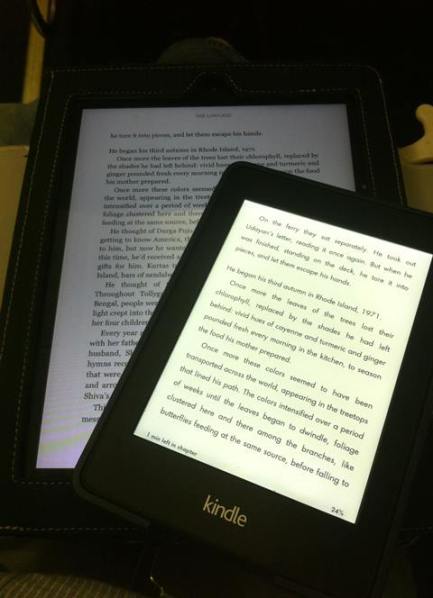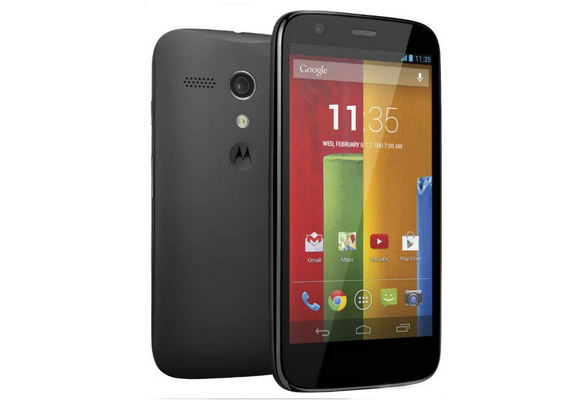
Panasonic DMC-FT5
Waterproof, shockproof, freezeproof and dustproof, this rugged snapper boasts all the required features to make it a great pick for those adventuring types. It’ll let you dive down to depths of 13m and the anti-fog glass should ensure it isn’t fogged with steam. Often, taking photos underwater leaves you with uneven colours, the FT5 combats that with an advanced underwater mode that packs in extra colour control. Taking care of the snaps is a 16.1-megapixel MOS sensor, plus there’s support for full HD video. Want to get closer to the fishes? Well there’s also a 4.6x zoom.
Price: £269 | Panasonic

Sony Cyber-Shot TX30
Probably the most stylish snapper on our list, the TX30 doesn’t show many signs that it is actually a waterproof camera, which is definitely a good thing. Under that classically thin Sony exterior is an 18.2-meg Exmor CMOS sensor, paired with a 5x zoom lens and Optical Steady Shot tech to keep those snaps blur free. Wondering about this baby’s waterproof capabilities? Well, it’ll work fine up to 10m below, plus it’s dustproof, shockproof and coldproof. A good all-rounder that’s available in a load of bright colours.
Price: £299 | Sony

Ricoh WG-4 GPS
Ricoh has ditched the Pentax brand for its latest slew of rugged cameras, a range which is headlined by the WG-GPS. As the name suggests, this snapper comes toting GPS – making sure you’ll always remember where your favourite photos were taken, along with a 4x wide-angle optical zoom and a 16-megapixel backside illuminated sensor.
Price: £309 | Ricoh






.jpg)
.jpg)
.jpg)